Fundamentals of Human Resource Management Chapter 2 Overview
VerifiedAdded on 2022/06/02
|22
|1414
|20
Homework Assignment
AI Summary
This document provides a comprehensive overview of the key concepts presented in Chapter 2 of a Human Resource Management textbook, focusing on the fundamentals of Strategic HRM. It explores the dual nature of HRM, emphasizing its role in supporting organizational strategy and advocating for employees. The content covers the connection between organizational goals and employee activities, strategy types (cost differentiation, product differentiation, customer intimacy, and customer/market focus), and their implications for HR practices. The document outlines the four basic functions of HRM: staffing, training and development, motivation, and maintenance, detailing the key activities within each function such as strategic human resource planning, recruiting, selection, orientation, employee training, performance appraisals, and compensation strategies. It also addresses external influences on HRM, including the dynamic environment, laws and regulations, labor unions, and management thought. Furthermore, it discusses the structure of the HR department, various HR positions (assistants, generalists, specialists, and executives), HR certifications, and current HR trends and opportunities like outsourcing, professional employer organizations, and shared services. The document concludes with a brief overview of entrepreneurial, global, and ethical HR considerations.
1 out of 22
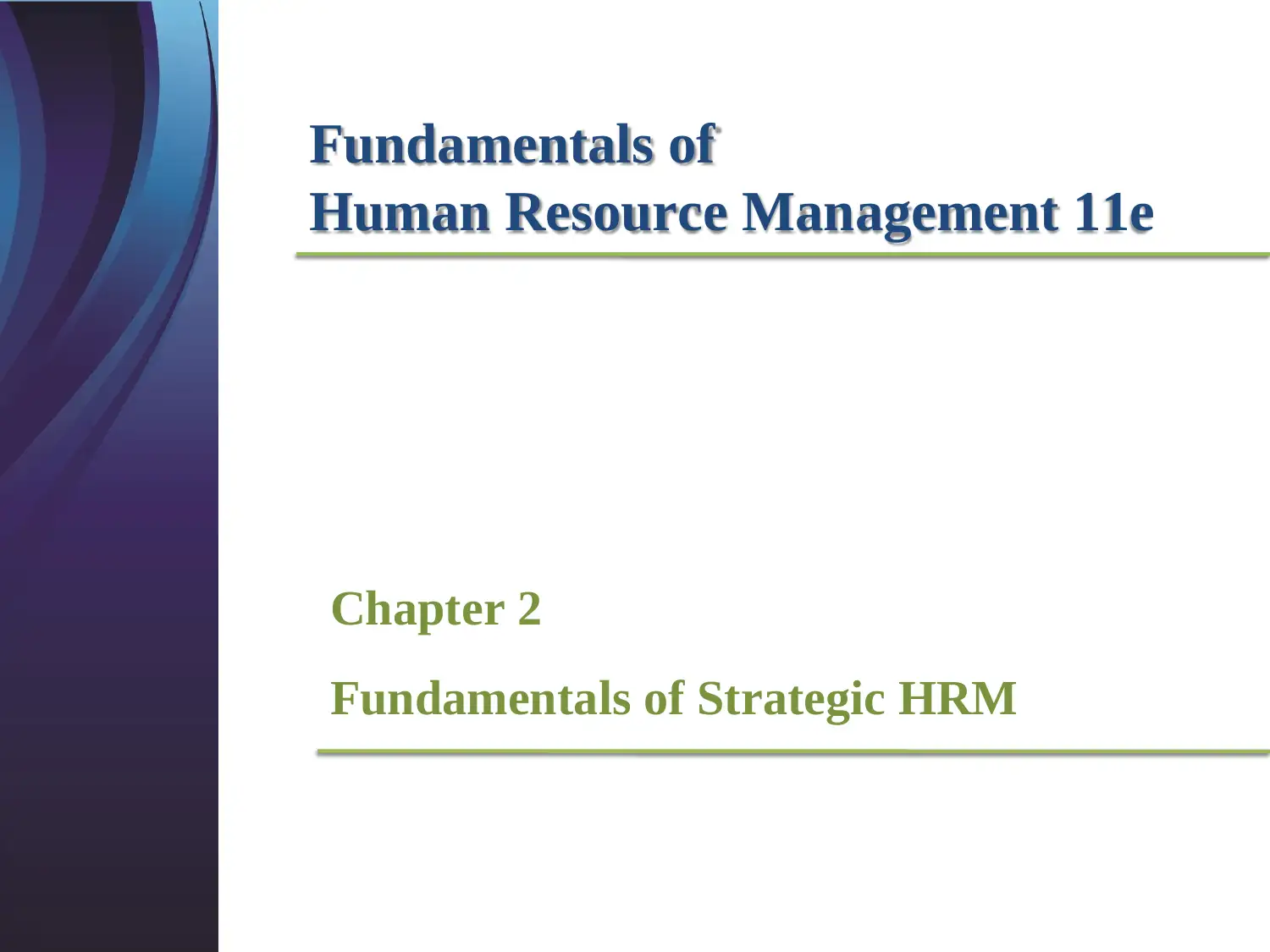
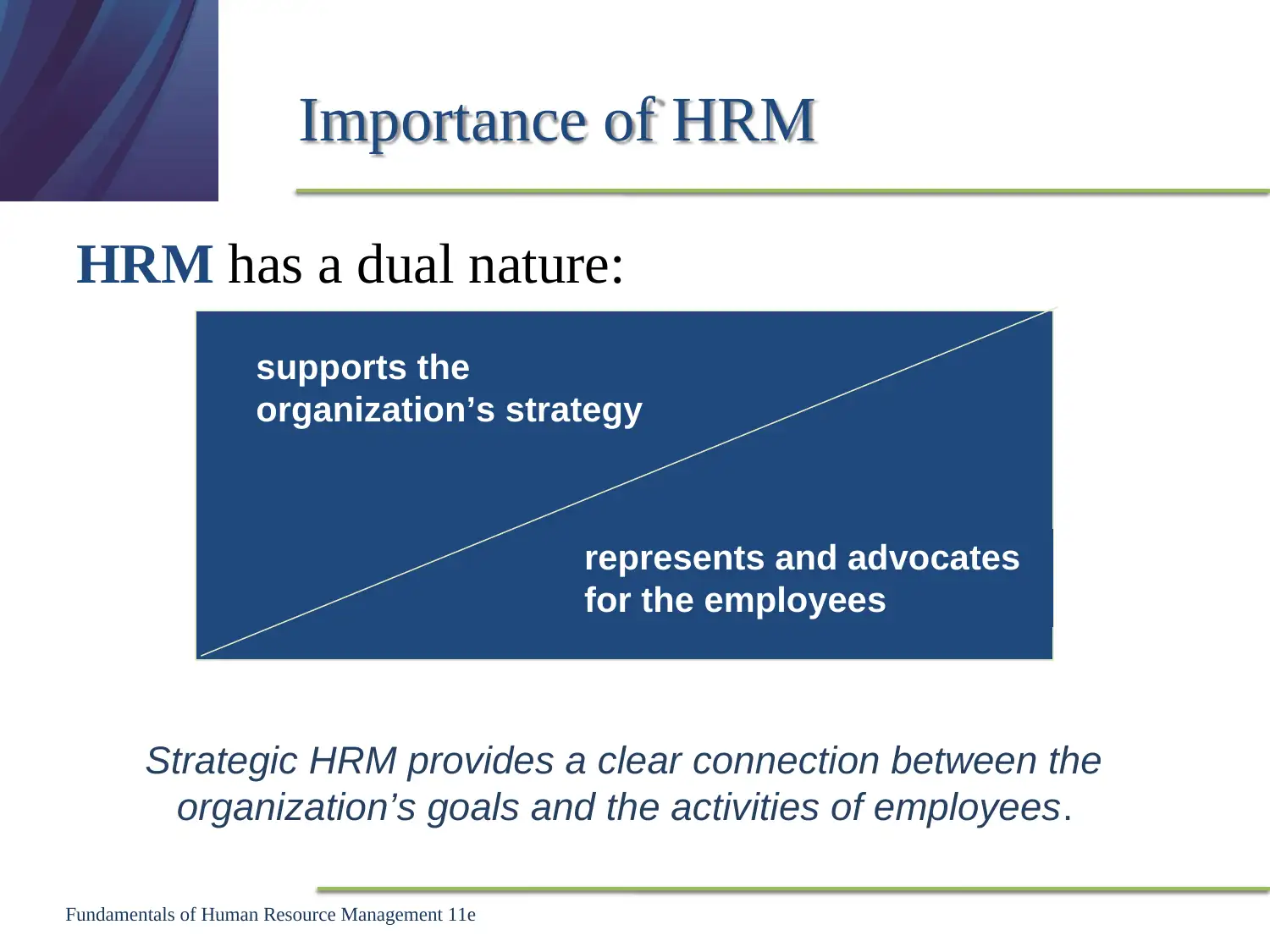
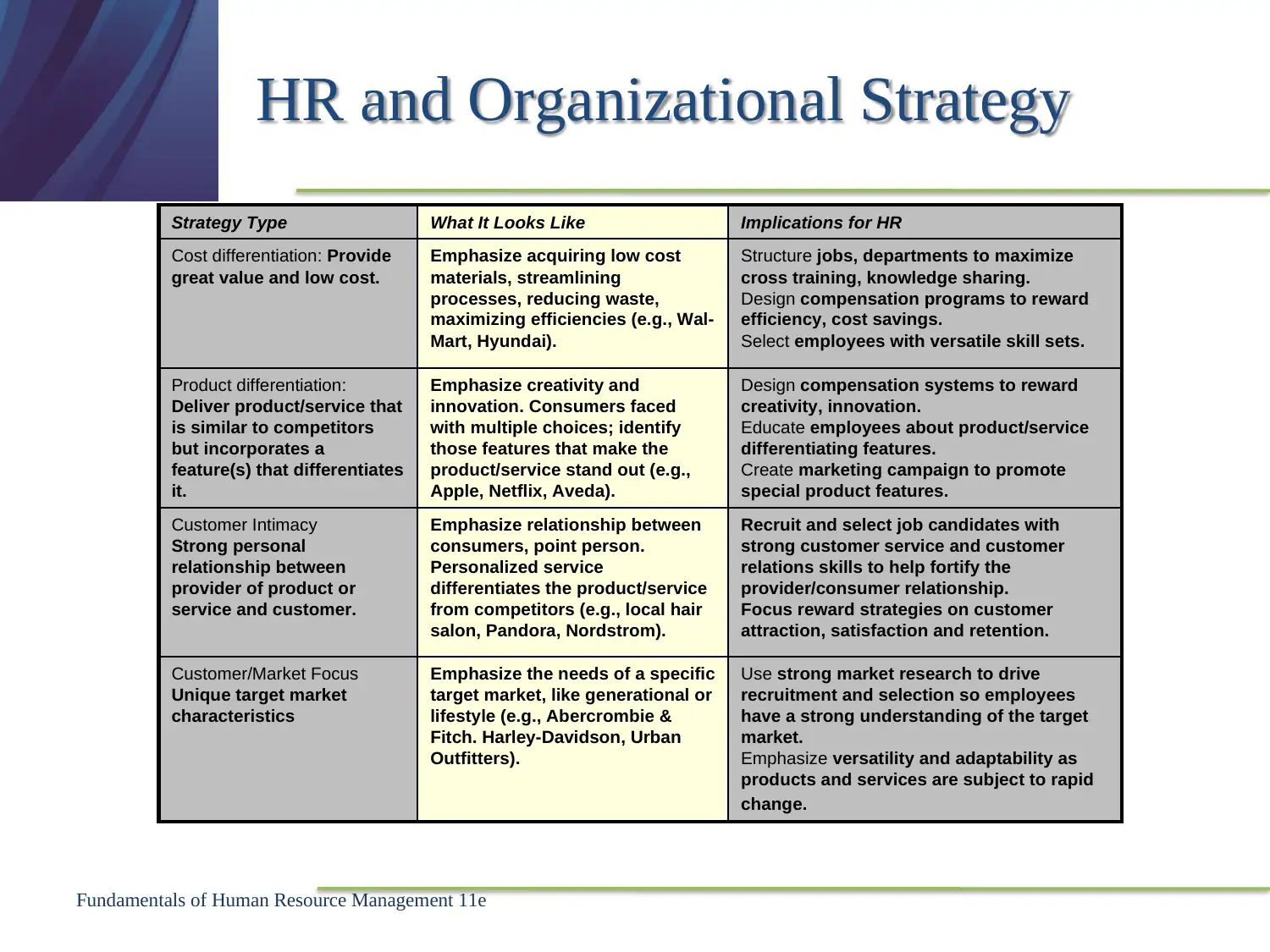

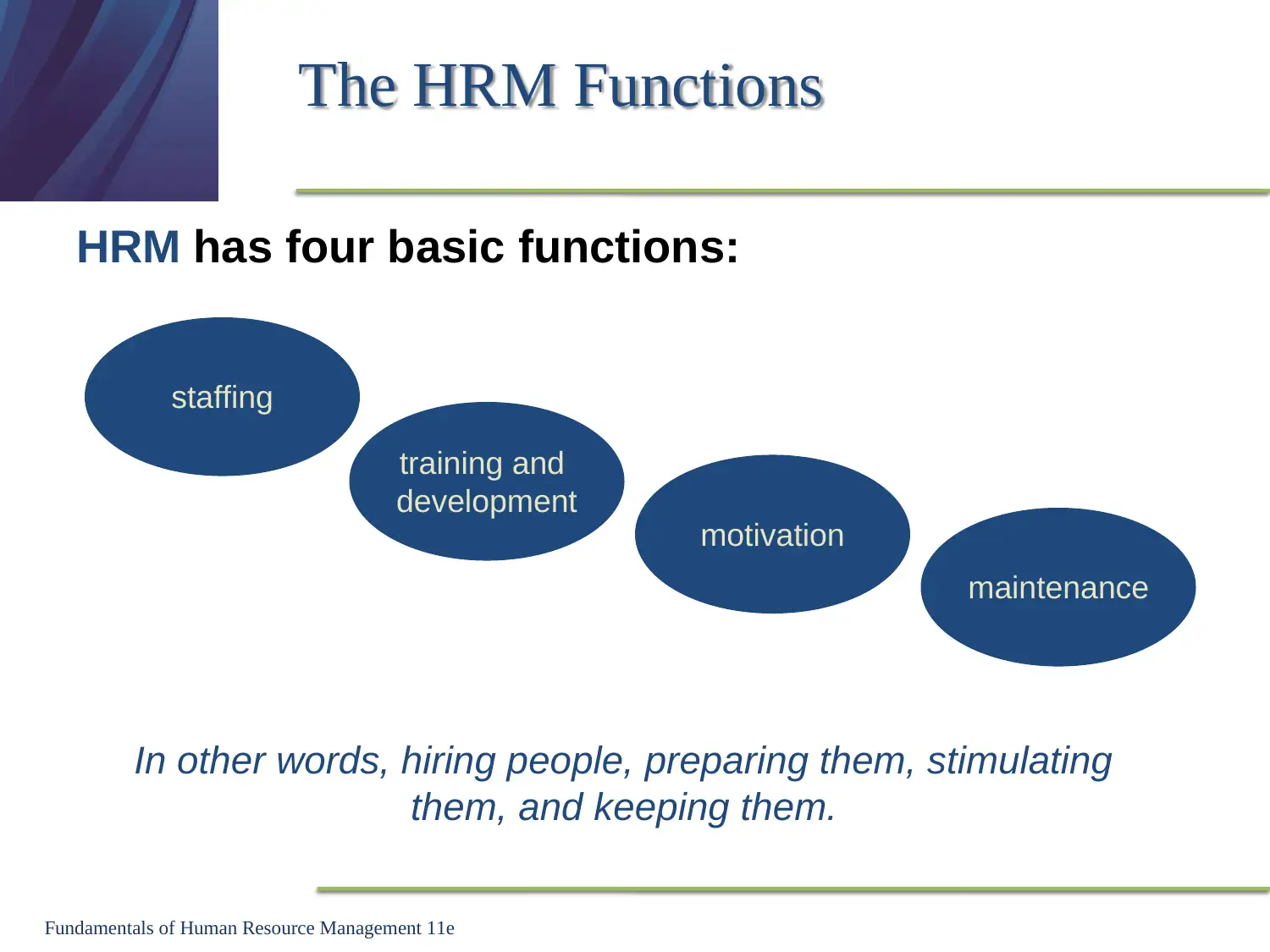
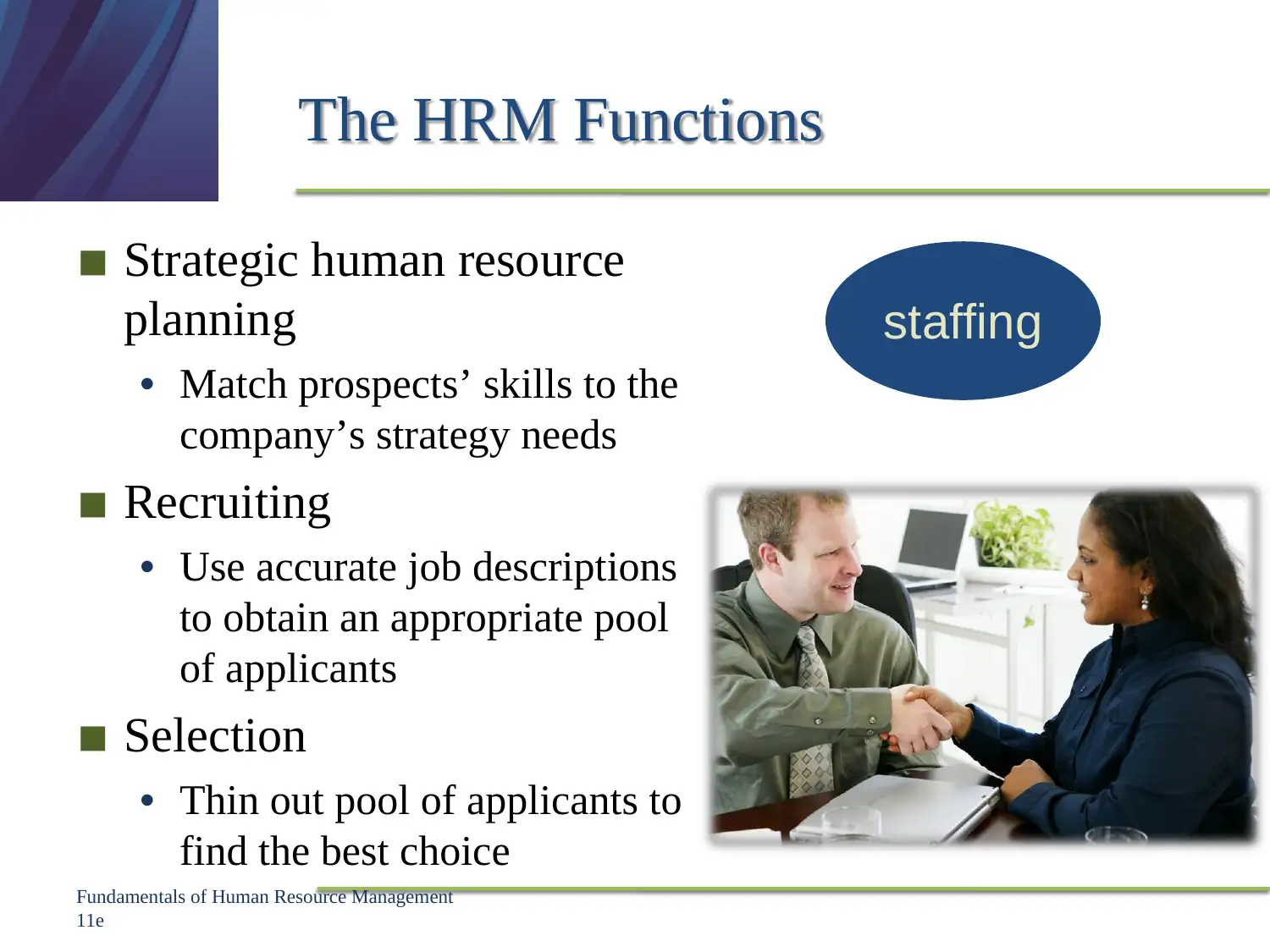
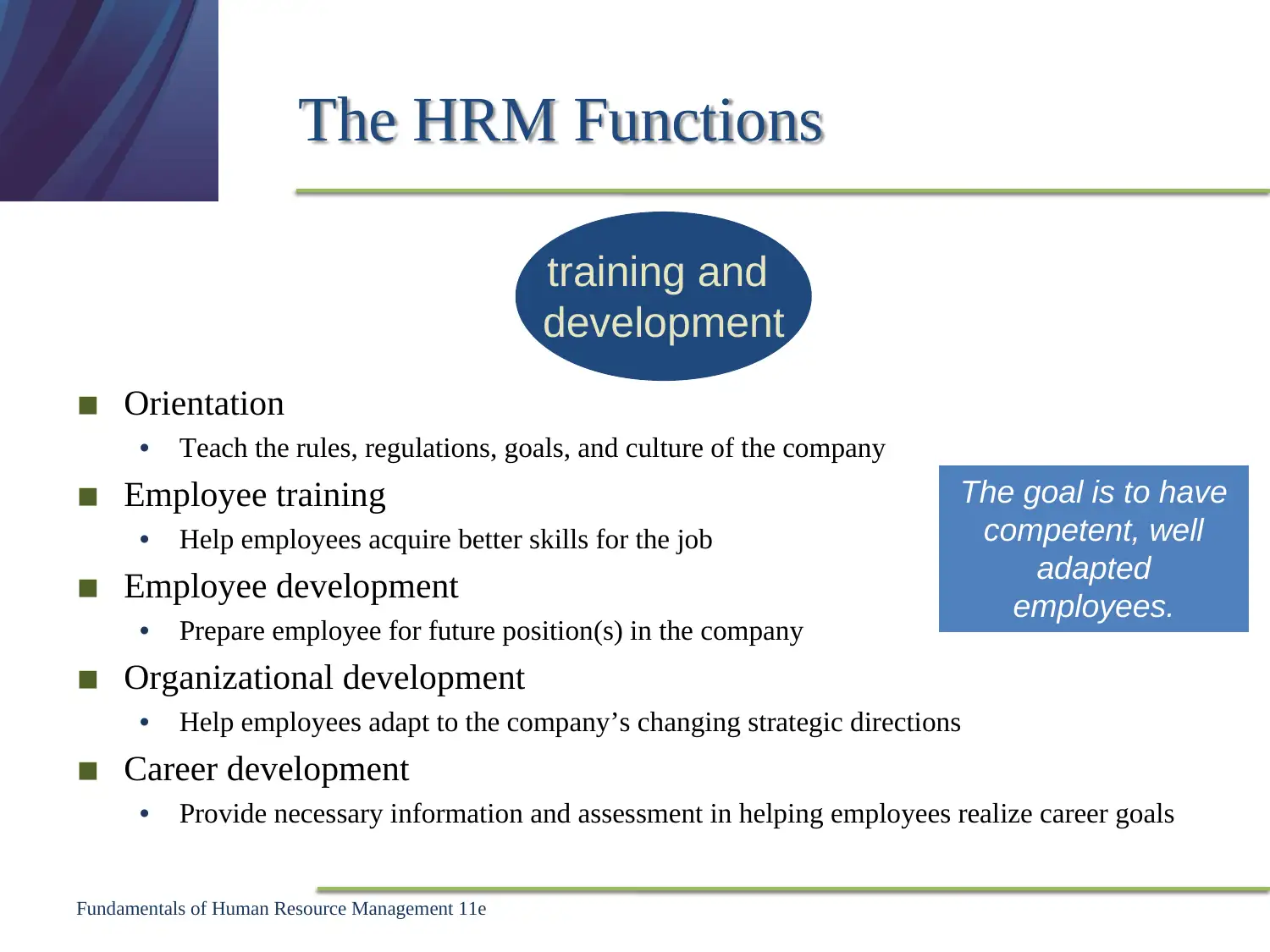
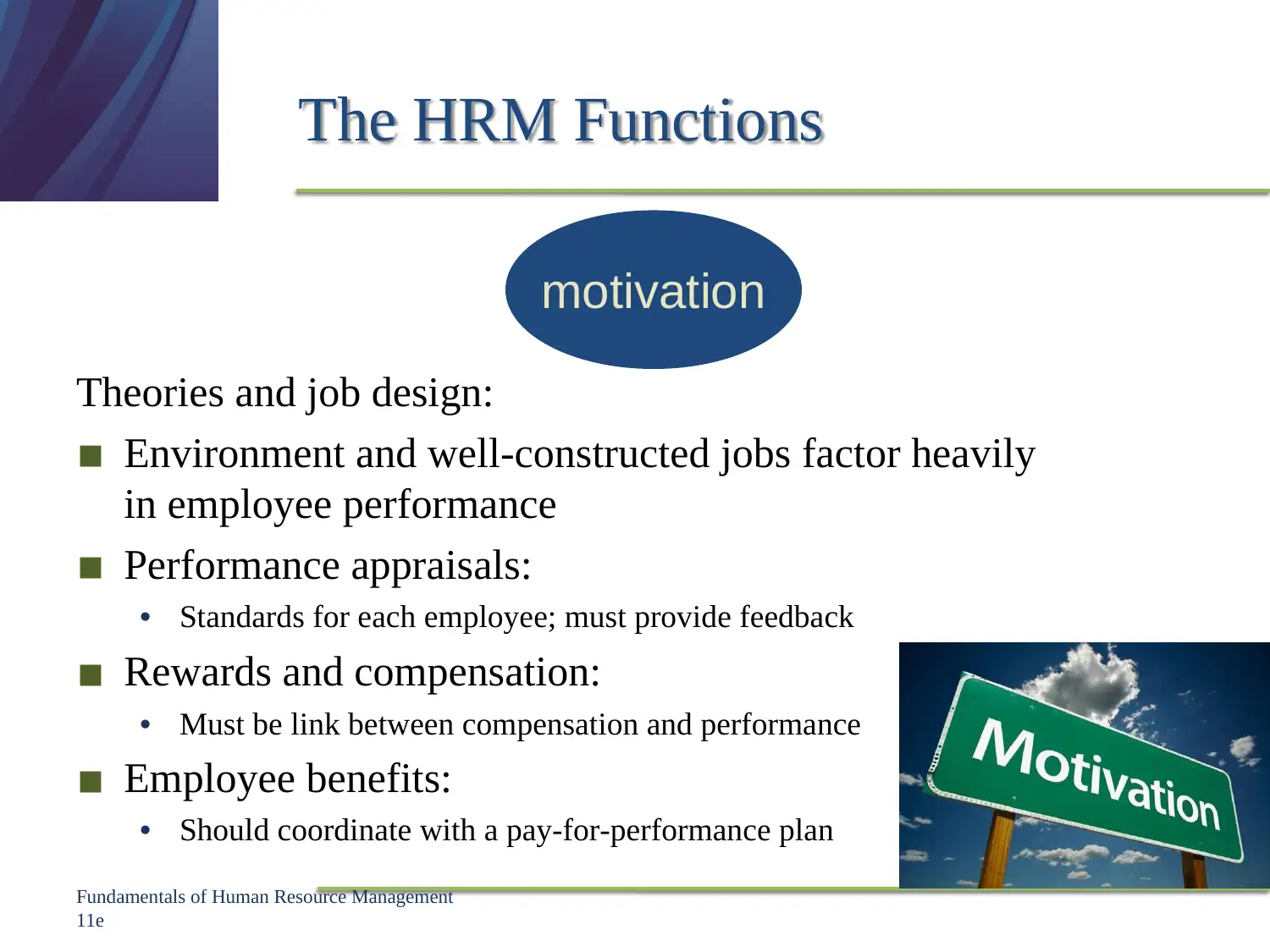
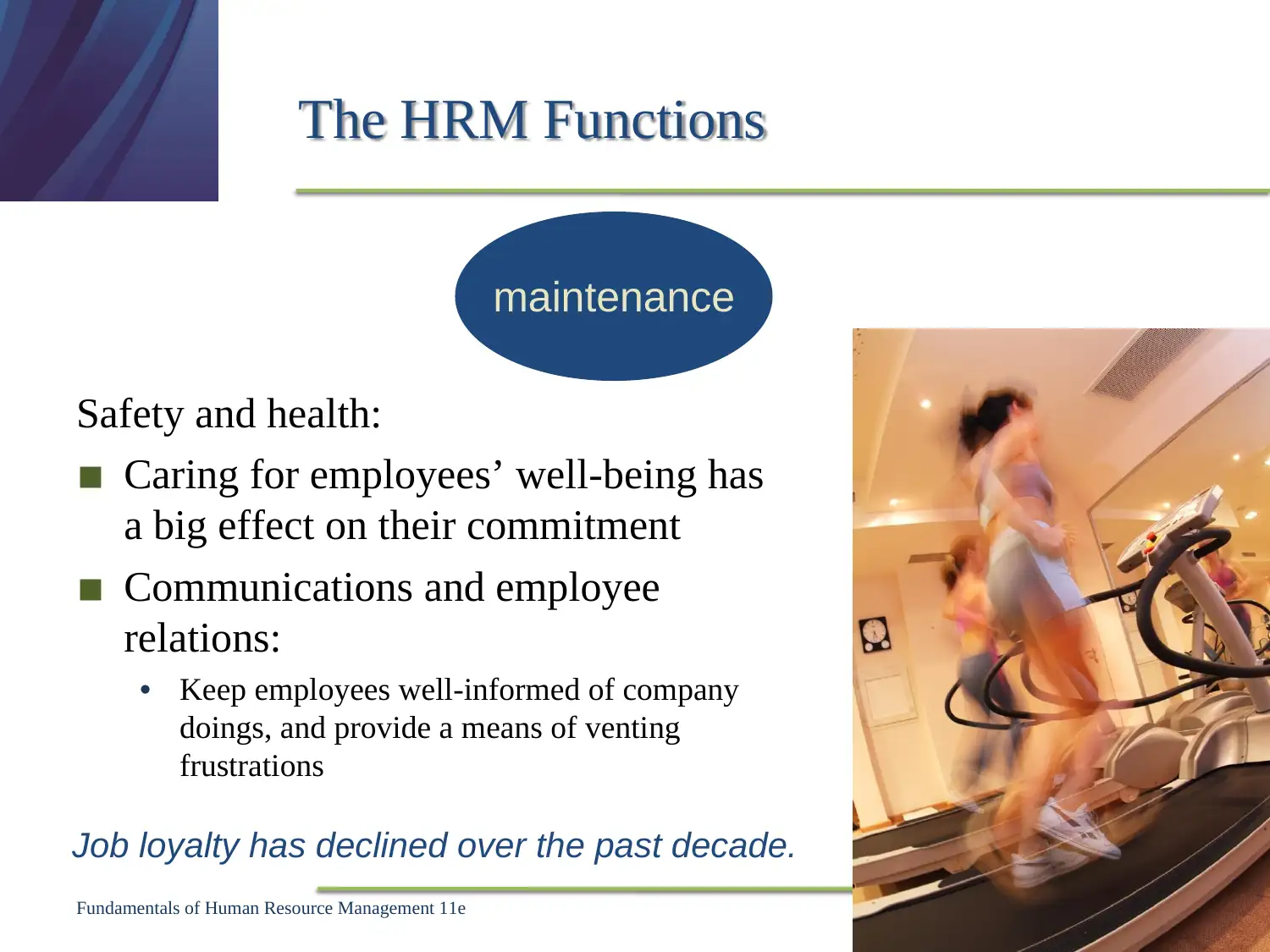
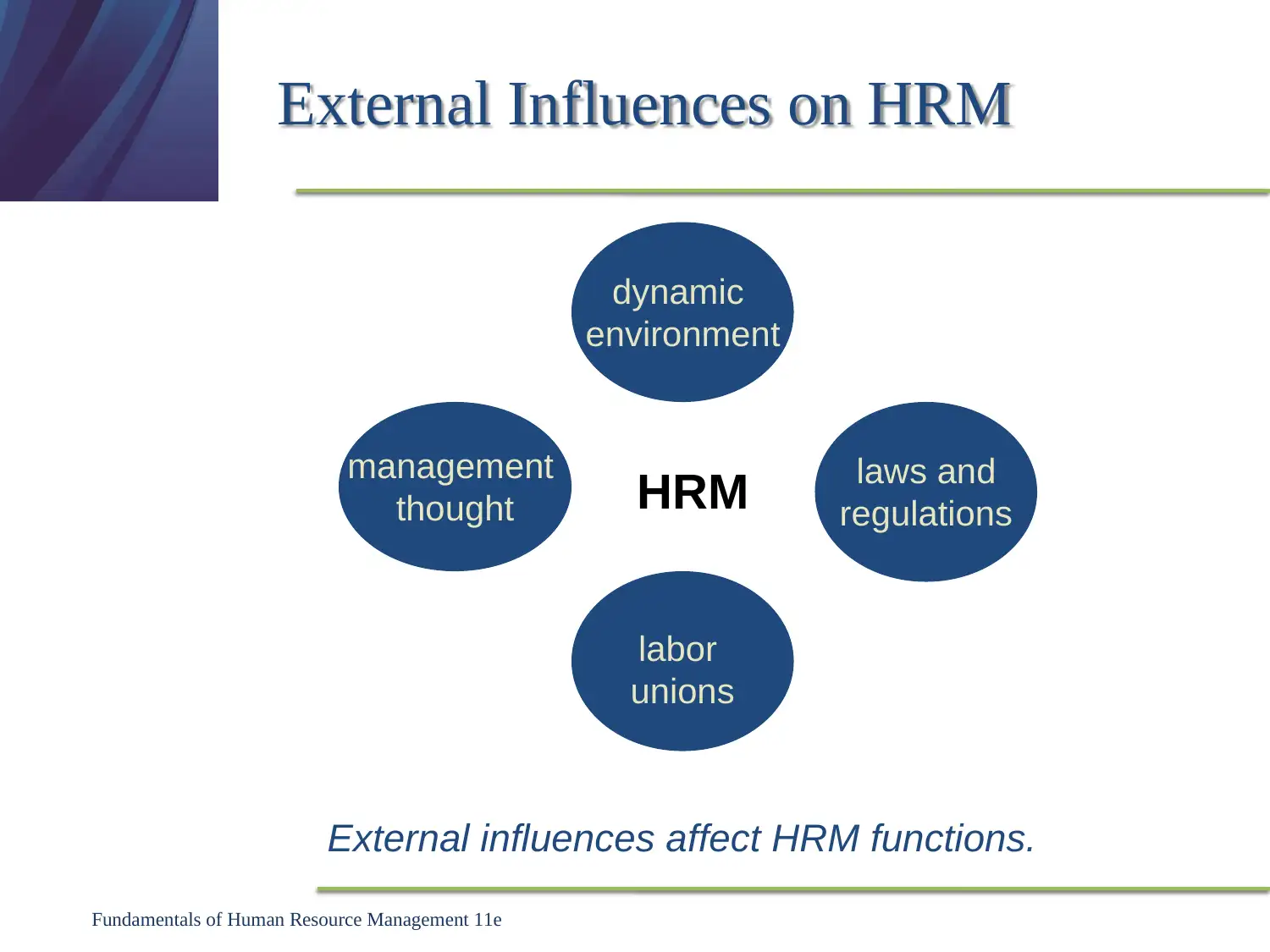
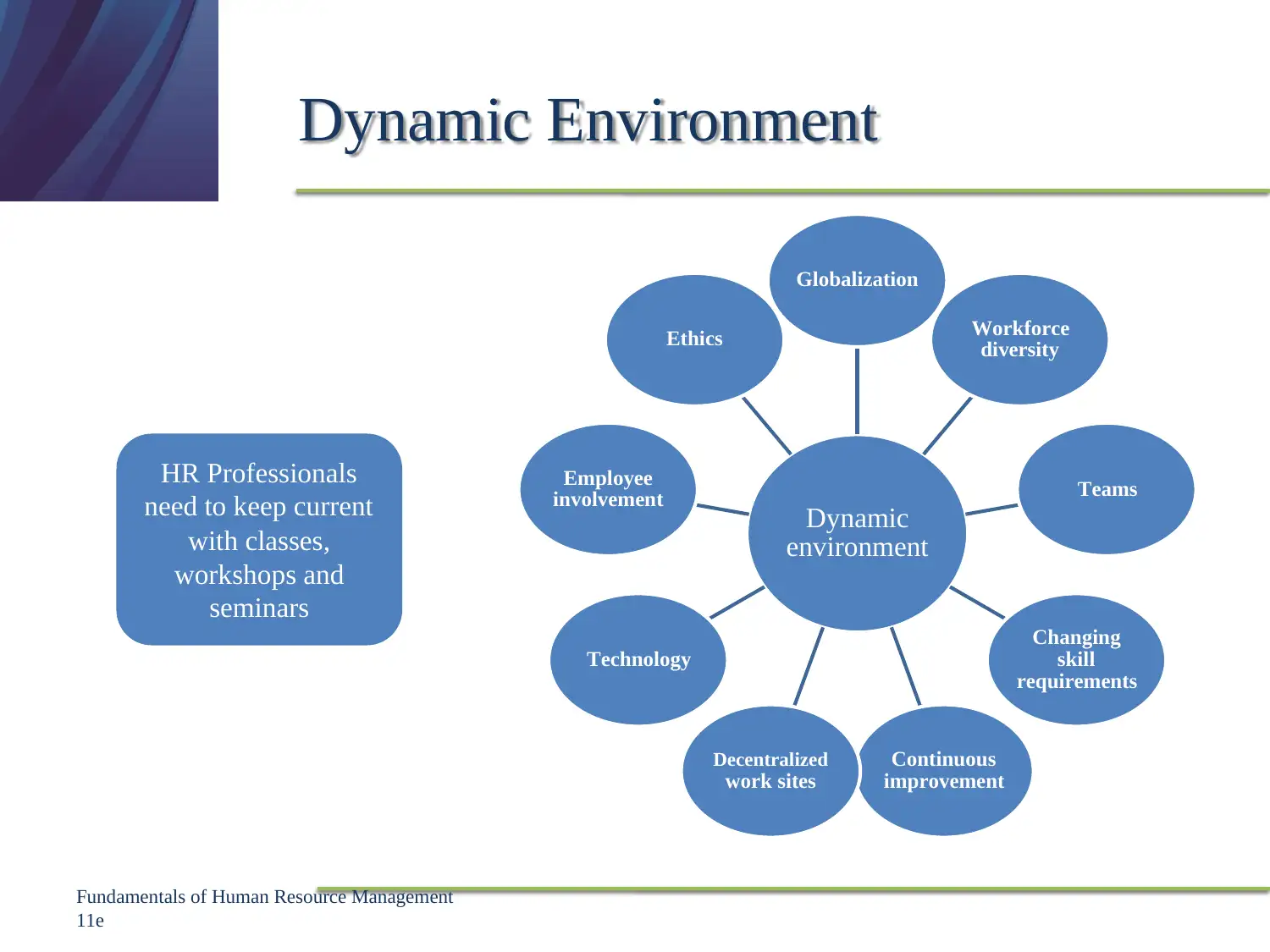
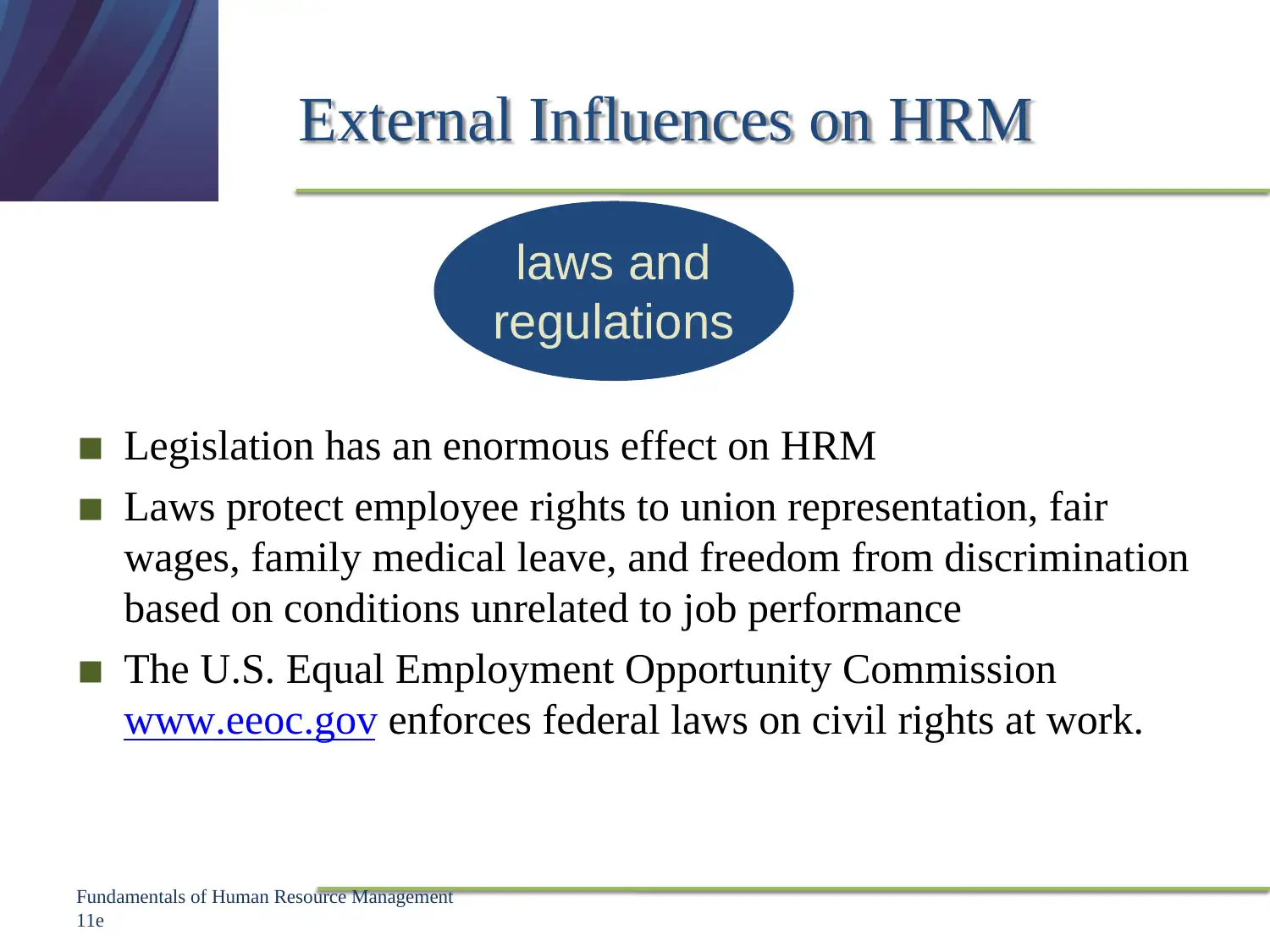
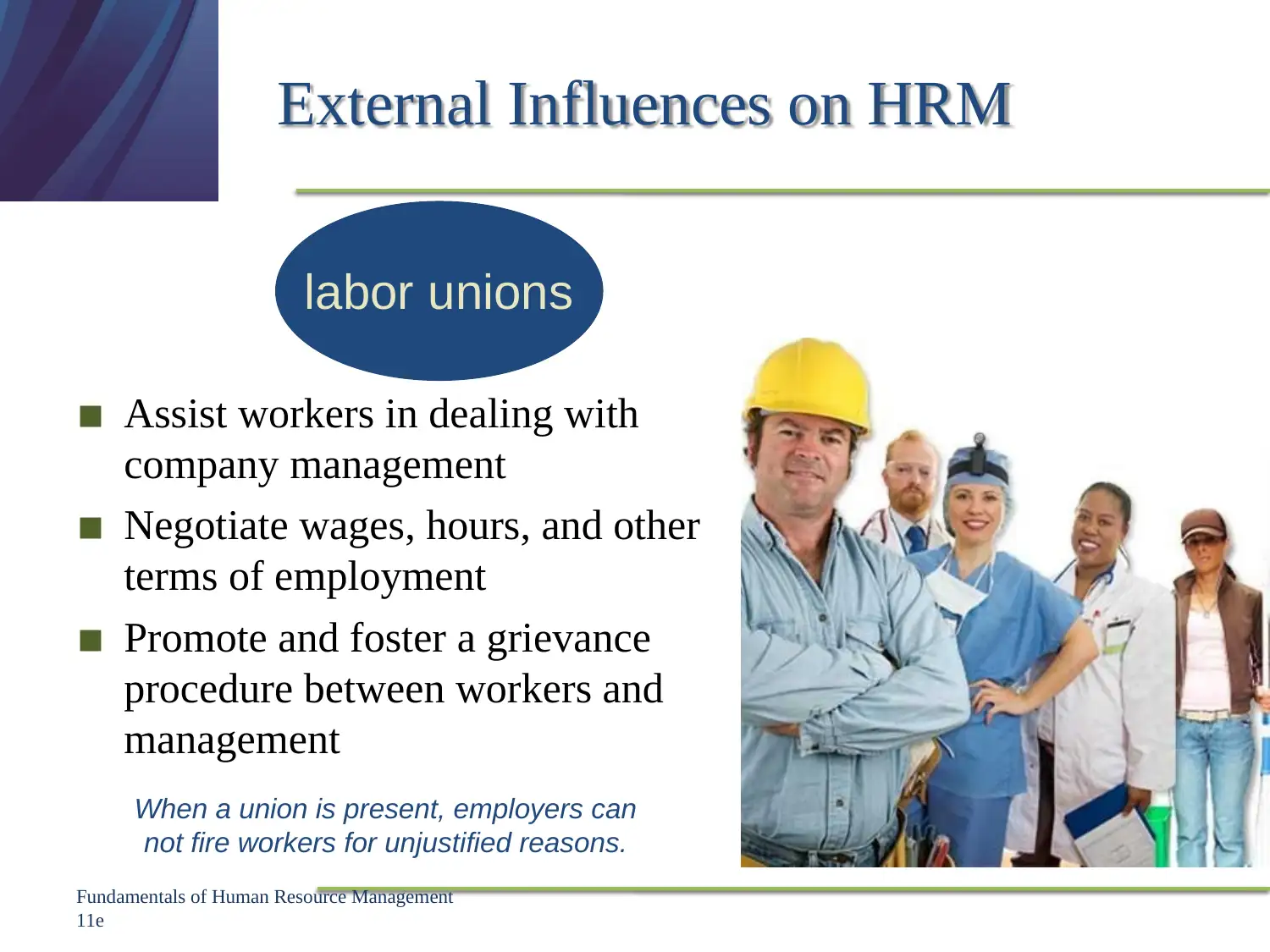




![[object Object]](/_next/static/media/star-bottom.7253800d.svg)